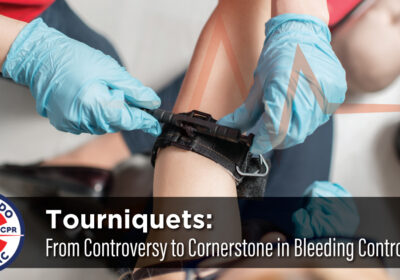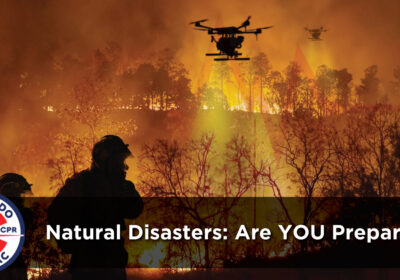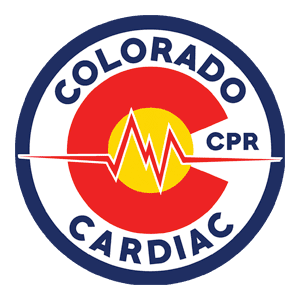What Is The Advisor – BLS Program

The program is a specialized certification pathway developed by the AHA for individuals who have successfully completed the cognitive portion of the HeartCode® BLS course but cannot physically perform the motor skills of CPR due to a disability.
Rather than demonstrating the physical actions (like chest compressions or AED pad placement), participants demonstrate competency by advising another person through those steps — showing they fully understand the why, when, and how of BLS.
Purpose & Importance
This program:
-
Promotes inclusivity in lifesaving education by recognizing that knowledge is just as critical as physical ability.
-
Allows people with physical disabilities to become certified in BLS and empowered to guide and direct others during a real cardiac emergency.
-
Increases the number of trained individuals in a given community who can contribute during a medical crisis — even if they aren’t able to perform CPR themselves.
Eligibility and Certification
To earn the Advisor: BLS certification card, participants must:
- Pass the HeartCode® BLS Provider Course cognitive exam (the same as all BLS providers).
- Successfully demonstrate their ability to verbally direct another person in performing:
- High-quality CPR
- AED use
- Basic resuscitation team skills
This is assessed by an AHA instructor, who ensures that the candidate can provide accurate, timely, and effective instructions that align with AHA guidelines.
The issued certification card is an Advisor: BLS card, which is distinct from the standard BLS Provider card — but still represents formal AHA-recognized certification.
Who Is It For?
This program is designed for:
- Individuals with physical disabilities that prevent them from completing hands-on CPR testing.
- Candidates who want to contribute to emergency preparedness in workplaces, schools, or communities, even if they cannot perform compressions themselves.
It is particularly valuable for:
- Educators
- Public safety professionals
- Healthcare advocates
- Team members in high-risk environments (e.g., schools, group homes) who may be able to direct others in an emergency.
Impact and Accessibility
The Advisor: BLS program aligns with the AHA’s commitment to diversity, equity, and inclusion in resuscitation science and training. By expanding the definition of who can be trained and certified, the program:
- Acknowledges the contributions and capabilities of persons with disabilities.
- Increases the total number of CPR-capable bystanders in society — a crucial factor in improving out-of-hospital cardiac arrest outcomes.
- Encourages organizations to embrace broader emergency readiness by including all capable team members.
ADDITIONAL INFORMATION:
- For American Heart Association BLS -CPR, First Aid, PALS certification training contact our office at 720.639.2623 or www.3cpr.org
- American Heart Association Emergency Cardiovascular Care website
- The American Heart Association’s CPR & first aid courses
- National Organization for Nurses with Disabilities website
BLOG WRITTEN BY:
Mark Tozer, PhD, EMT-Int
Program Manager
Colorado Cardiac CPR
Related Posts

Tourniquets: From Controversy to Cornerstone in Bleeding Control
The use of tourniquets has transformed modern trauma care. Once considered a last resort, they…

Altitude Sickness: What First Aiders Want You to Know Before Visiting Denver
Denver, Colorado, is famous for its sunshine, mountain views, and “Mile High City” nickname. But…

Natural Disasters: Are YOU Prepared?
NEWS YOU CAN USE: Merrian-Webster Dictionary defines a natural disaster as “a sudden and terrible…
